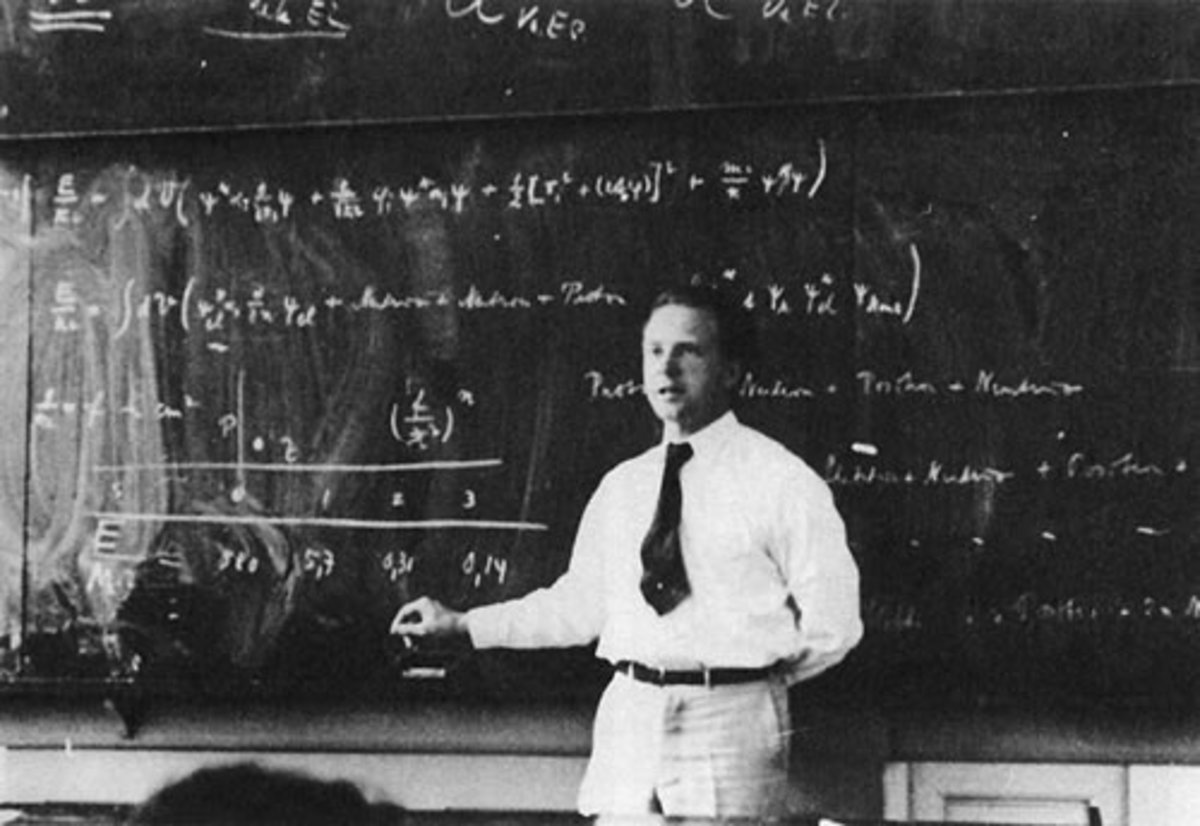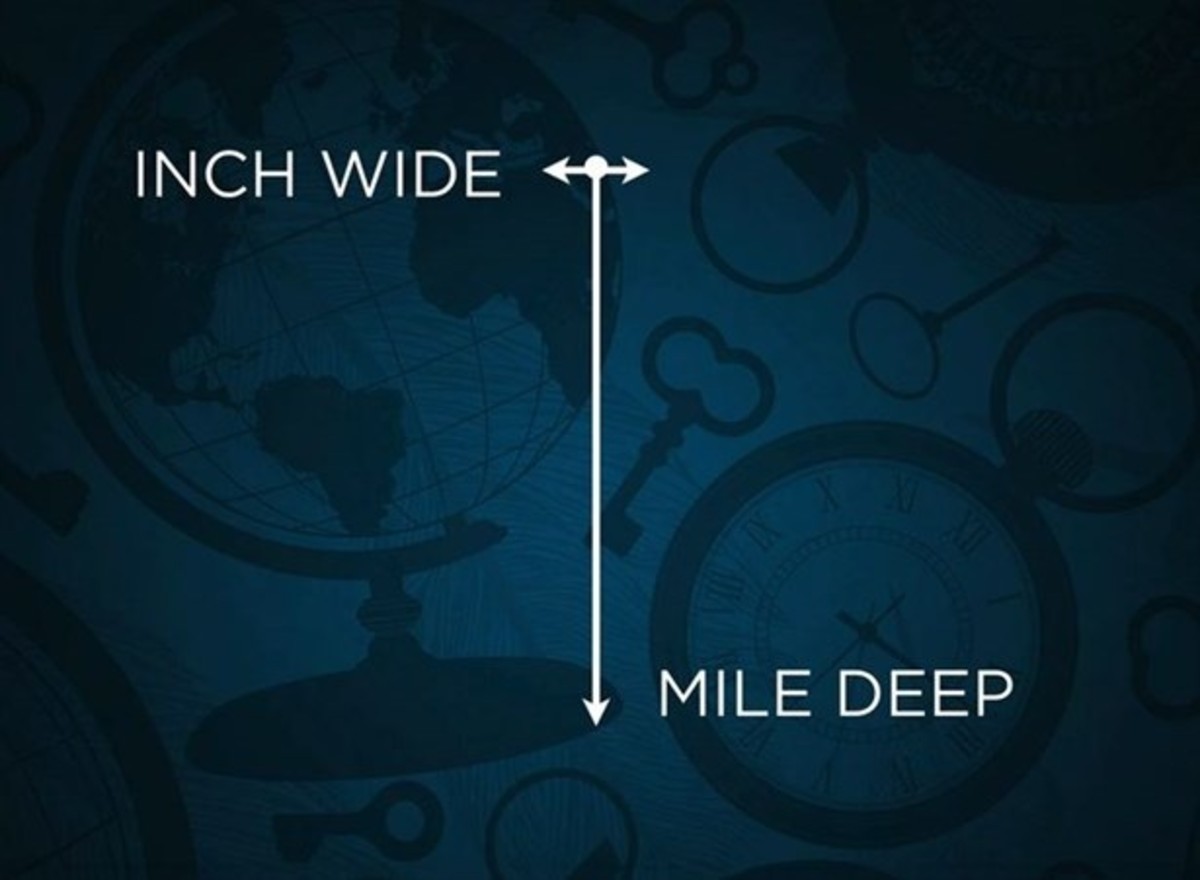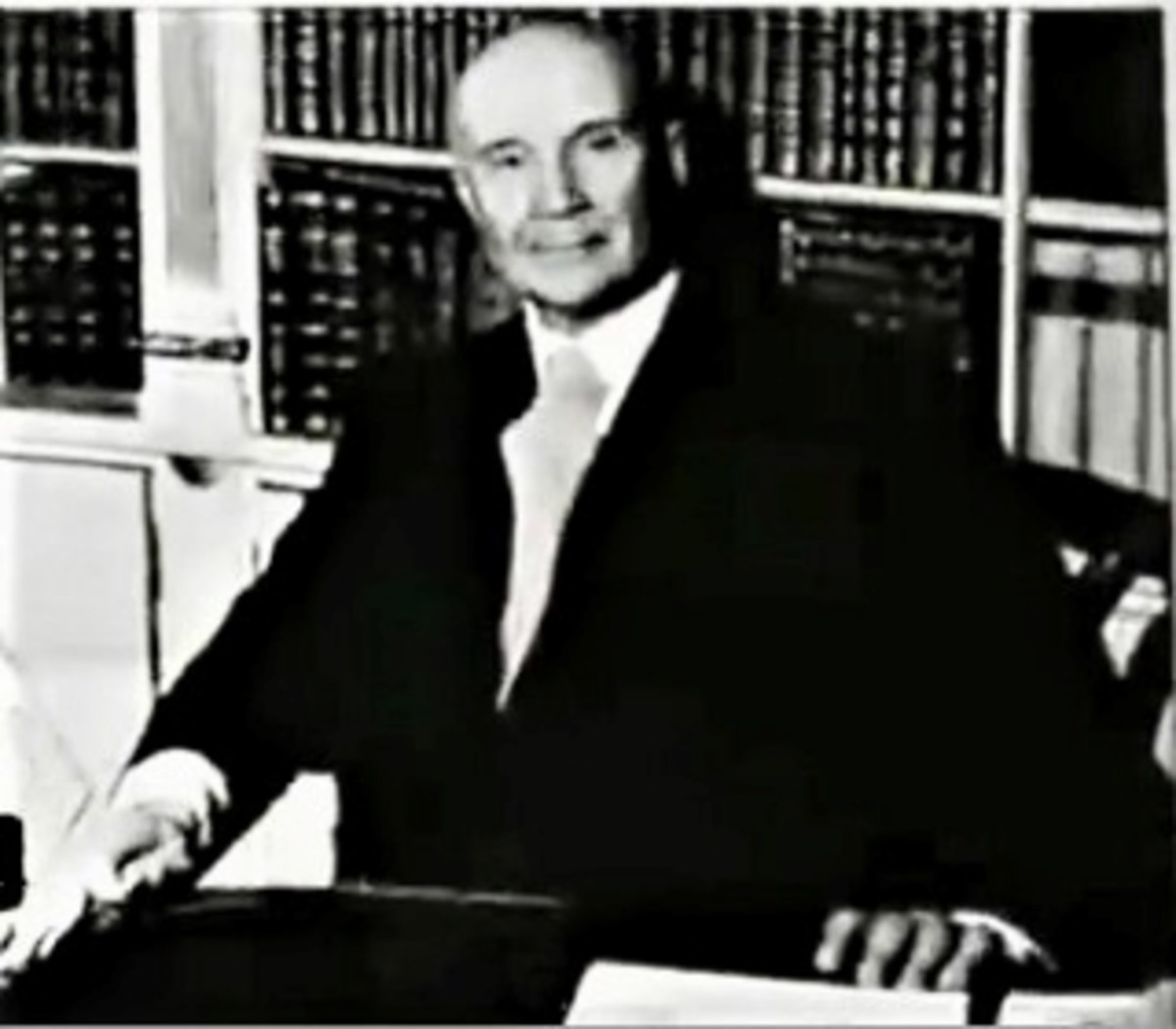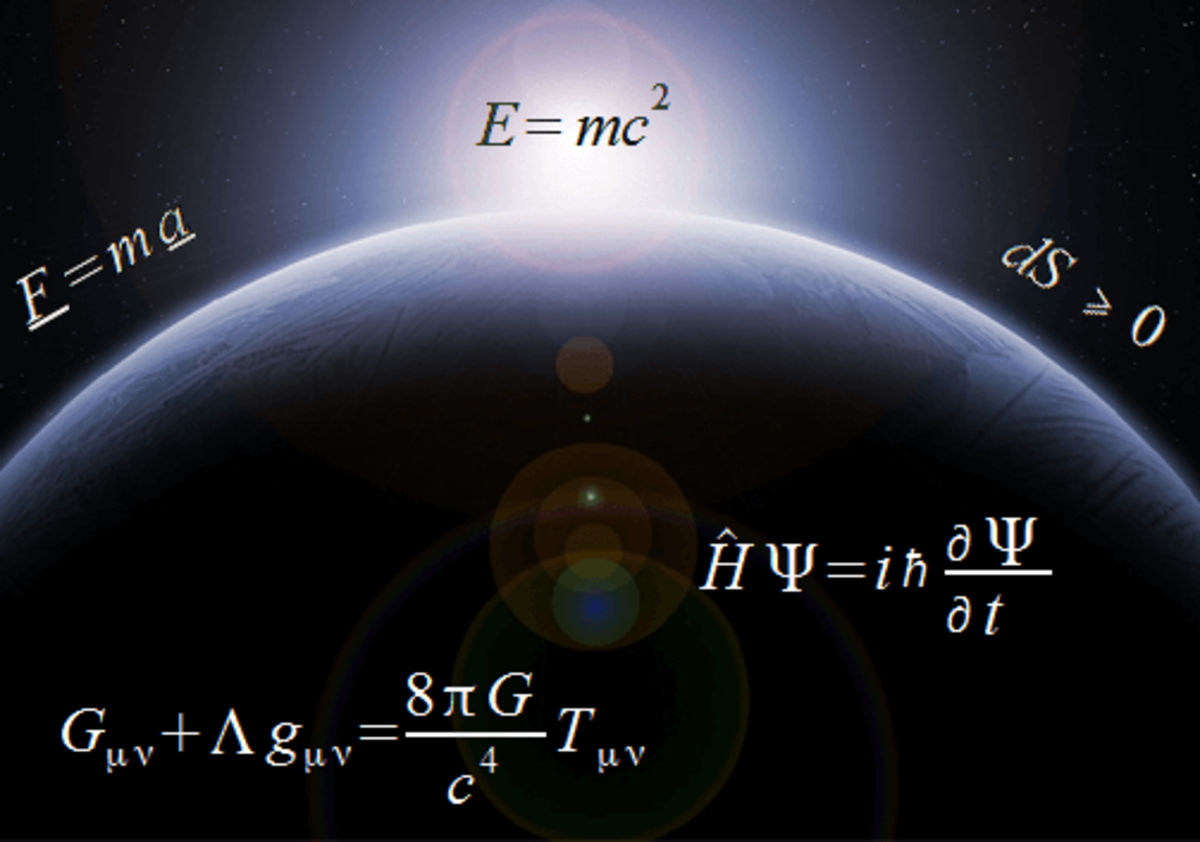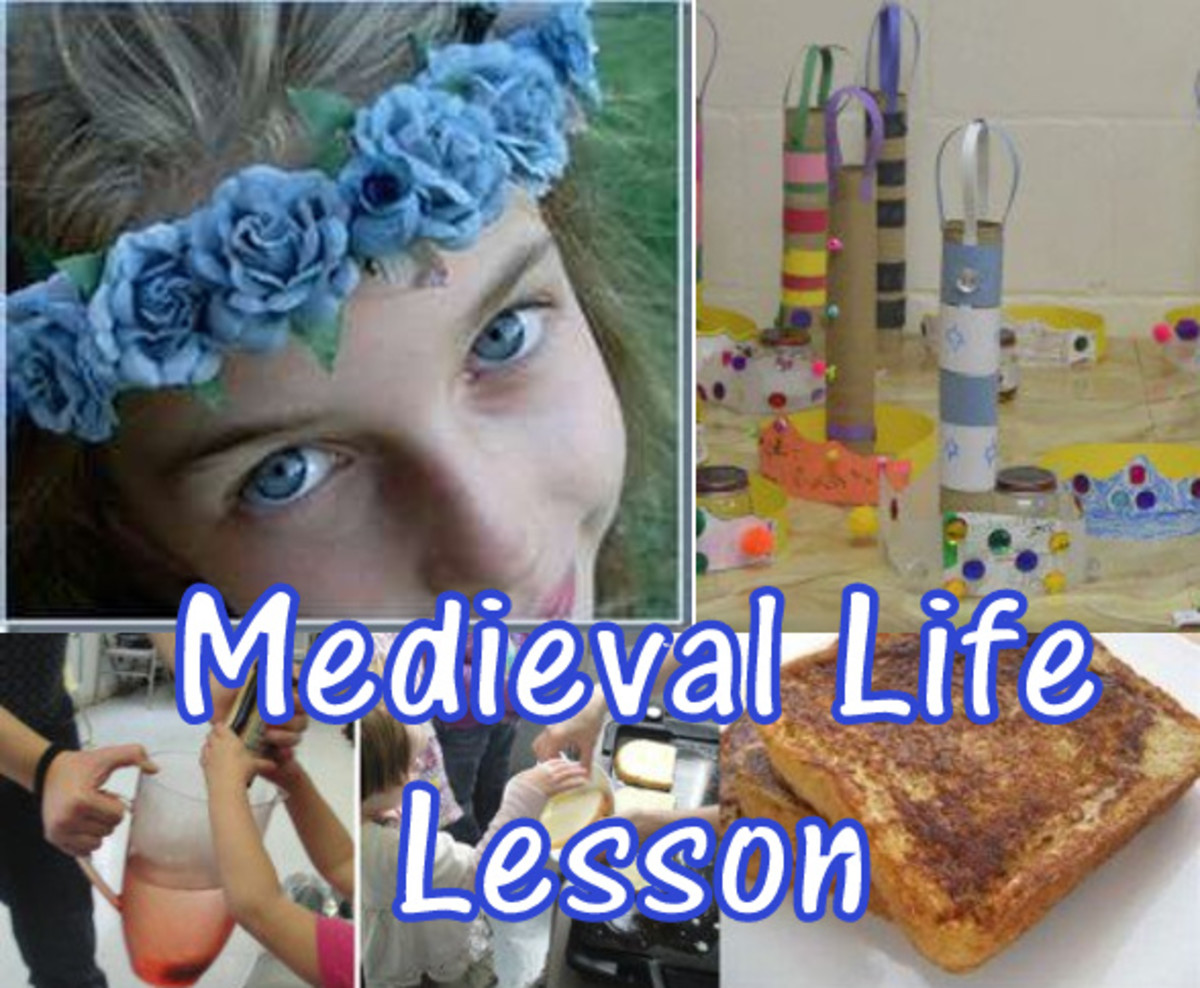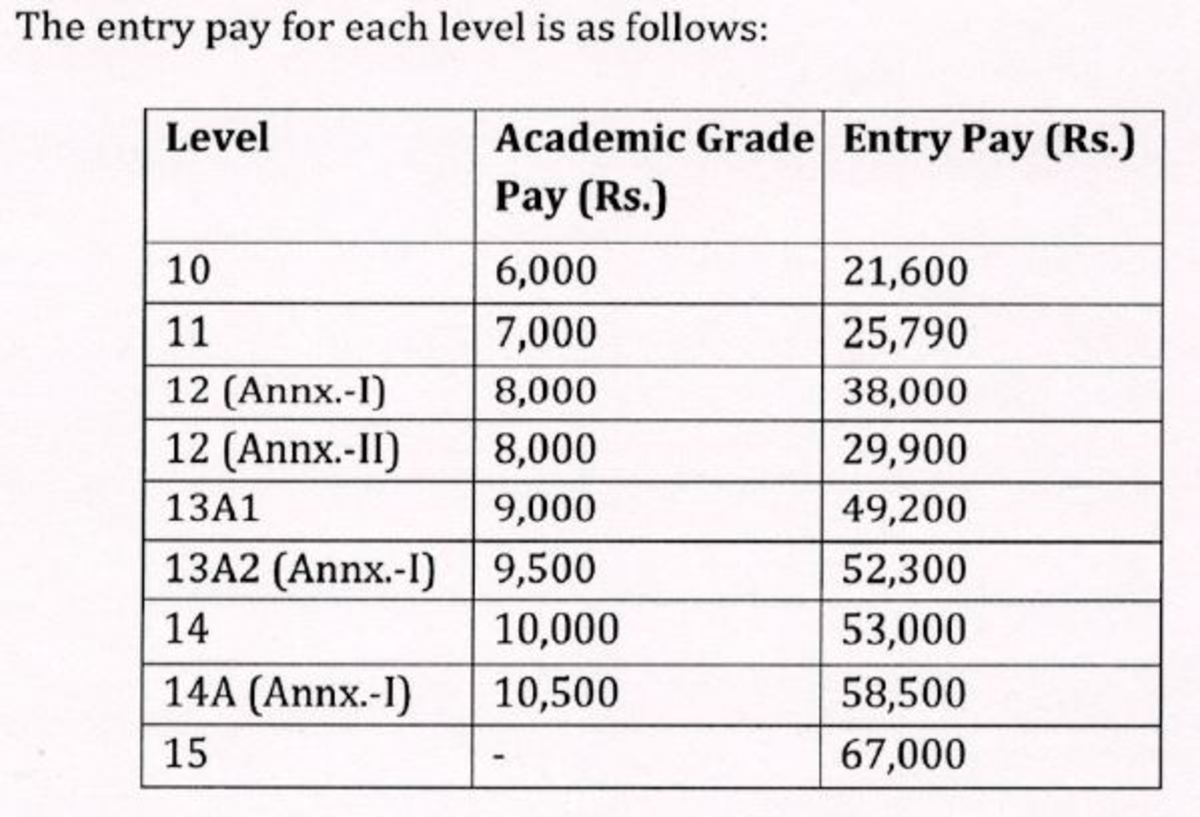High School Physics Experiment Ideas
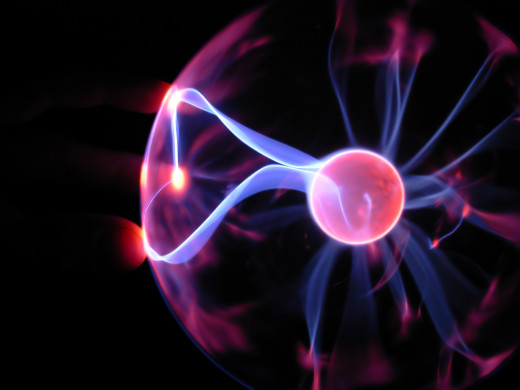
What’s Science without experiments, investigations and exploration? It’s actually the heart of it, of course with a guiding philosophy. So it is for young Physicists in the classroom. From an early age, they would have most likely been introduced to the scientific method, but if not, now is a good time.
Within an Ordinary (Basic) Level High School Syllabus, there are particular topics that are set out to be explored. Such topics may include: General Physics; Mechanics and the Properties of Matter; Energy and Thermal Physics; Waves; Electricity and Magnetism and Atomic Physics. These topics form the foundation of Physical Science, and set the framework for further studies. Why not have some cool experiments for them to perform while at the same time setting the stage for in-depth understanding of these topics?
General Physics
Making a paperclip float is a simple yet insightful preliminary experiment. First off, a paperclip is denser than water based on the material of which it is made -- usually aluminum. Students will need to find out ways and means to have a simple paperclip float. When they finally come up with solutions, they may be able to explain why huge ships that carry hundreds of people and tons of cargo are able to keep afloat on water.
Mechanics and the Properties of Matter
Building an anti-gravity device, such as a parachute that carries an egg safely to the ground without ‘injury’. Student teams can compete for the best designs, i.e. the most successful designs. Furthermore, the upthrust force could be calculated within each group and a final design analysis could be pursued. The class as a whole could even re-design the device using the best design elements from each group, thereby creating a ‘super-design’. Determining the factors that affect the period of a simple pendulum is another great activity. The suspected ‘culprits’ are the length of string, mass of bob and the amplitude at which the pendulum was first released. An added task could be to determine the actual value of acceleration due to gravity in meters per second squared (ms-2) from data collected.
Energy and Thermal Physics
Finding the specific heat capacity of a mystery object can be a simple yet sophisticated experiment that will require speed, safety and accuracy. Giving students clues about the mystery object can help them to formulate a hypothesis of what the object could be
Waves
Sounds waves are fun to experiment with, and checking out wave parameters can be something different to do. With tuning forks, a computer, microphone and free audio software such as Audacity, students can verify how amplitude and wavelength are related. Students could even collect sound samples of different instruments for comparison purposes.
Electricity and Magnetism
Students can get really creative with making their own direct current motor using everyday materials. There’s no need for a car battery as some exuberant students may wish to make powerful specimens, but basic household batteries will suffice, along with a well wrapped solenoid.
Atomic Physics
Radioactive decay of substances may appear on the surface to be random, but is this really the case? Young Physicists can simulate using dice or coins the extent of chaos or order of radioactive decay. Students may be in for a surprise doing such an experiment, and the results and conclusions that they draw can even overlap with similar topics in Chemistry and Biology.
There is a wealth of experiments and investigations that students can perform. Traditional laboratory activities can be used with a twist, as well as new activities all together. There’s really no limit to the creativity that students can express doing these experiments, and they may even come up with some new and interesting theories, designs and inventions.


